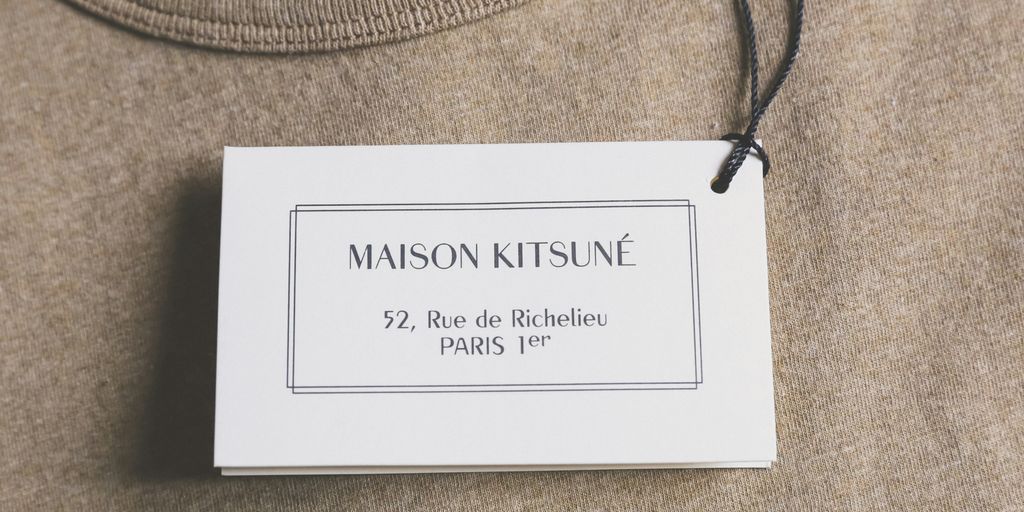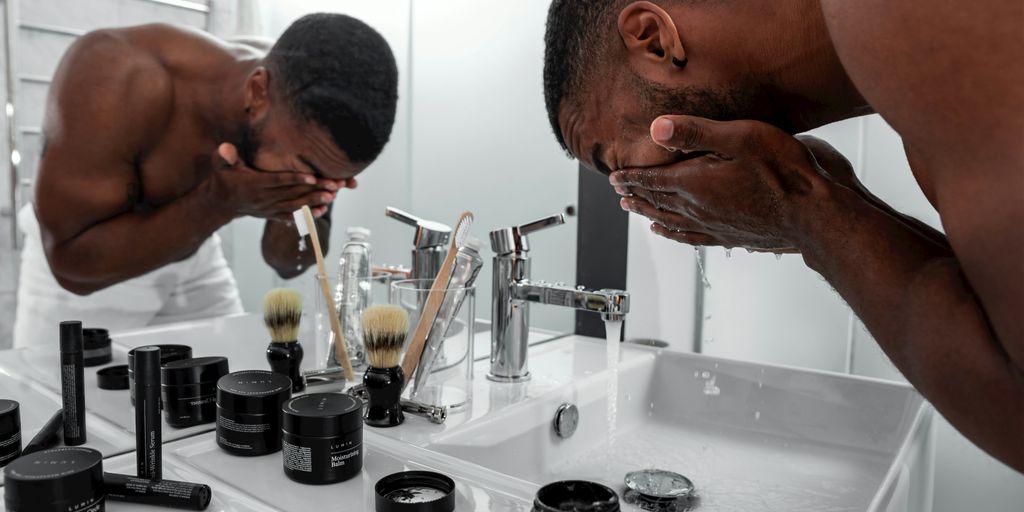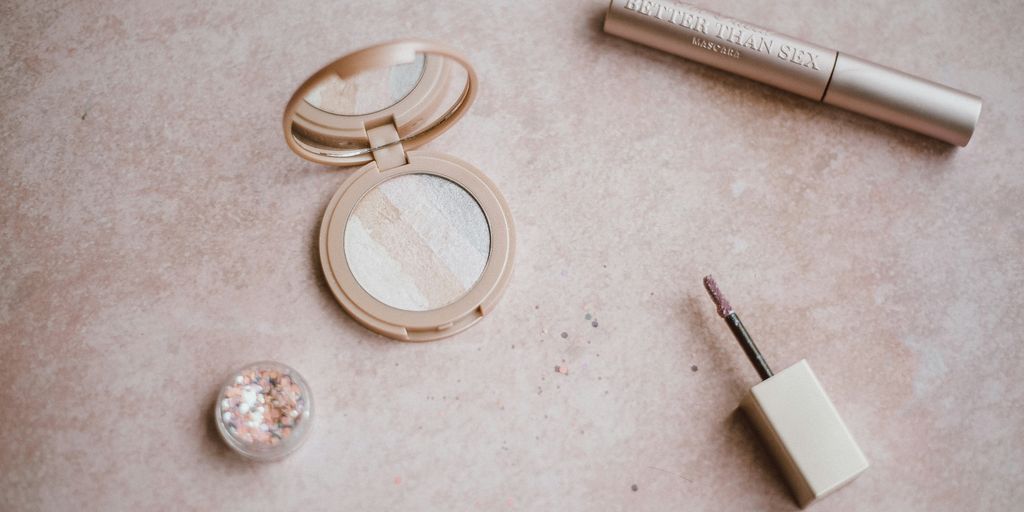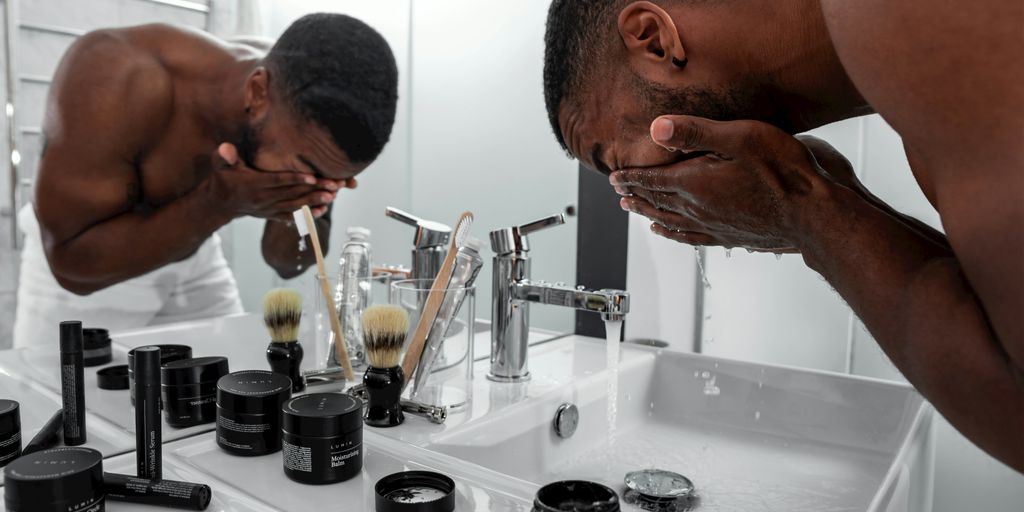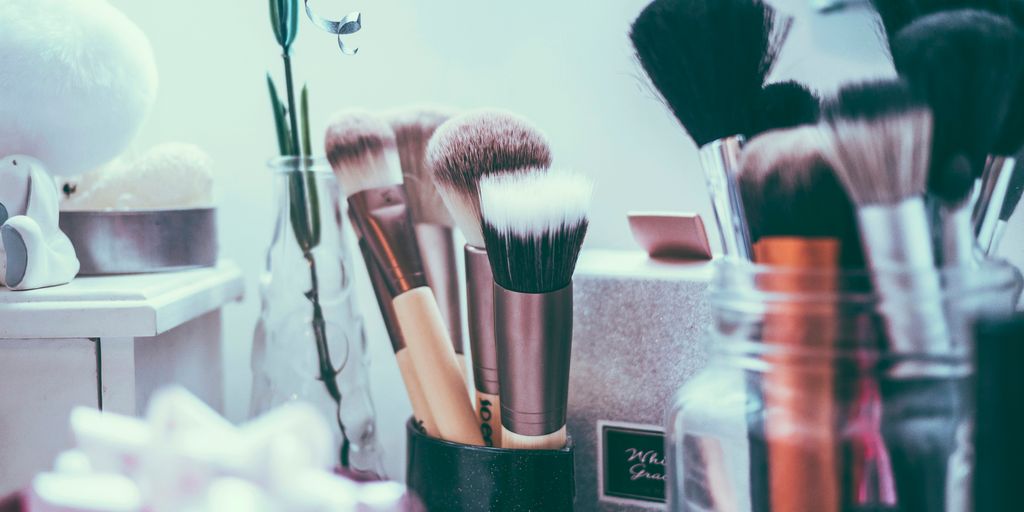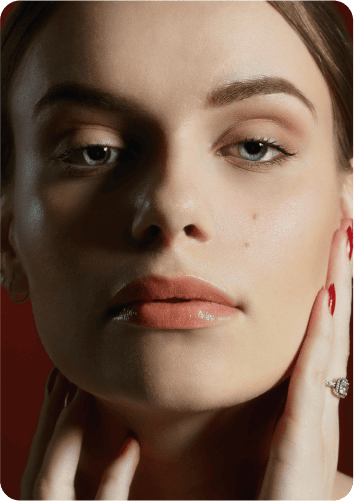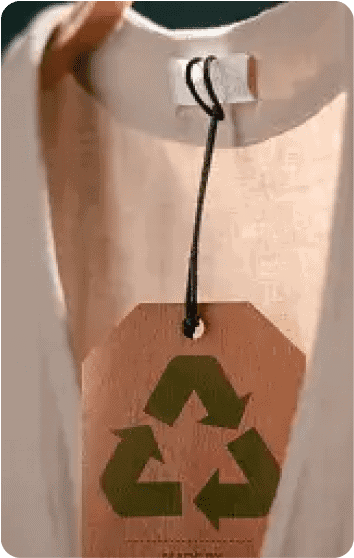As more consumers seek products that align with their values, the question of whether Vaseline is cruelty-free has become increasingly relevant. With its long-standing reputation as a go-to moisturizer, many are curious about its ingredients, production practices, and the ethical implications of its use. In this article, we will explore the truth behind Vaseline’s cruelty-free status and what it means for consumers in 2025.
Key Takeaways
- Vaseline is primarily made of petroleum jelly, which is considered safe for most users.
- The product is free from parabens and harmful chemicals, making it a popular choice for many.
- Vaseline is owned by Unilever, a company that has faced scrutiny for animal testing policies.
- Environmental concerns exist regarding Vaseline’s packaging and recycling issues.
- Consumer demand for cruelty-free products is influencing brands like Vaseline to consider their practices.
Understanding Vaseline’s Ingredients

What Is Vaseline Made Of?
Vaseline, at its core, is petroleum jelly. It’s a mixture of mineral oils and waxes, which creates a semi-solid jelly-like substance. This stuff isn’t exactly new; it was first discovered way back in 1859! The process involves refining crude oil, and the end result is a product that’s known for its occlusive properties. This means it creates a barrier on the skin, locking in moisture.
Are There Any Harmful Chemicals?
This is a question a lot of people have, and it’s a fair one. The good news is that purified petroleum jelly, like what’s in Vaseline, is considered to have a low risk of harmful chemicals. The refining process is key here. Impurities are removed, so what you’re left with is mostly safe for topical use. Of course, everyone’s skin is different, and some people might still experience irritation. But generally speaking, the risk is low. It’s even considered safe to consume in small quantities, though I wouldn’t recommend eating it!
Is Vaseline Paraben-Free?
Yes, Vaseline is paraben-free. Parabens are preservatives that have been used in cosmetics and personal care products for a long time, but there’s been growing concern about their potential effects. So, if you’re actively trying to avoid parabens, you can rest easy knowing that Vaseline doesn’t contain them. This is a plus for many consumers who are becoming more aware of the ingredients in their skincare.
It’s always a good idea to check the ingredient list on any product you use, just to be sure. Even though Vaseline is generally considered safe, sensitivities can vary. Knowing what you’re putting on your skin is half the battle!
Here’s a quick rundown of what Vaseline doesn’t contain:
- Parabens
- Phthalates
- Sulfates
The Cruelty-Free Debate

What Does Cruelty-Free Mean?
Okay, so what does "cruelty-free" actually mean? It’s a term thrown around a lot, but it’s important to understand what it signifies. Generally, it means that a product wasn’t tested on animals at any stage of its development. This includes the ingredients, the final product, and even testing done by the suppliers. However, there isn’t a single, universally accepted definition, which can lead to some confusion. Different organizations have different standards, and some companies might interpret the term more loosely than others. It’s always a good idea to dig a little deeper and see what a company’s specific policies are.
Is Vaseline Tested on Animals?
This is the big question, right? As of today, April 20, 2025, Vaseline’s stance on animal testing is a bit complicated. Unilever, Vaseline’s parent company, states that they don’t test their products on animals unless required by law. This "required by law" part is where things get tricky. Some countries still mandate animal testing for certain cosmetic products before they can be sold there. So, while Vaseline might not be actively choosing to test on animals in most markets, they might be doing so to comply with regulations in specific regions. It’s a gray area, and it’s why many people don’t consider Vaseline to be truly cruelty-free.
How Does Unilever Approach Animal Testing?
Unilever, the parent company of Vaseline, has publicly stated its commitment to ending animal testing. They’ve invested in developing and promoting alternative testing methods, and they actively work with regulatory bodies to try and get animal testing requirements removed. Here are a few things they’re doing:
- Investing in research and development of non-animal testing methods.
- Working with governments to promote the acceptance of these alternative methods.
- Publicly advocating for the end of animal testing in the cosmetics industry.
It’s worth noting that even with these efforts, Unilever’s size and global reach mean that completely eliminating animal testing across all its brands and markets is a complex challenge. Consumer pressure and evolving regulations will likely play a big role in shaping their future policies.
Vaseline’s Environmental Impact
Packaging Concerns
Vaseline’s packaging, particularly its tubs and tubes, raises some environmental questions. Many of these containers end up in landfills because they aren’t always easily recyclable. The lack of clear recycling information on some Vaseline products makes it harder for consumers to make responsible disposal choices. It would be great to see Unilever move towards more sustainable packaging options, like using recycled materials or designing containers that are easier to recycle.
Sustainability Practices
Unilever, the parent company of Vaseline, has made some commitments to sustainability, which is a good start. However, it’s not always clear how these broad goals translate into specific changes for Vaseline products. We need more transparency about the specific steps Vaseline is taking to reduce its environmental footprint. For example:
- Reducing greenhouse gas emissions during production.
- Sourcing raw materials responsibly.
- Minimizing water usage in manufacturing.
Recycling Challenges
Recycling Vaseline containers can be tricky. Many traditional recycling facilities aren’t equipped to handle the type of plastic used in some Vaseline tubs and tubes. This means that even when consumers try to recycle, the packaging might still end up in a landfill.
It’s important for companies like Unilever to invest in innovative recycling solutions and work with local communities to improve recycling infrastructure. Consumers can also play a role by advocating for better recycling programs and choosing products with more sustainable packaging.
Vaseline’s Safety Profile
Is Vaseline Safe for All Skin Types?
For many people, Vaseline is a safe way to help lock moisture into the skin. It’s often used for minor scrapes, burns, and dry skin. Vaseline can be applied to the face to help with short-term skin concerns, like dryness or irritation. However, it’s not always perfect for everyone.
Some people might find it a bit too heavy, especially if they have oily skin. It’s always a good idea to test a small area first to see how your skin reacts.
Can It Cause Breakouts?
Vaseline is noncomedogenic, which means it shouldn’t clog pores. However, if you’re prone to acne, you might experience breakouts. It’s best to avoid using it on your face if you’re currently having an active breakout. Everyone’s skin is different, so what works for one person might not work for another.
What About Long-Term Use?
Vaseline is suitable as a long-term moisturizer. Purified forms of petroleum jelly do not contain dangerous ingredients. Here are some things to keep in mind:
- It’s paraben-free.
- It can be used to moisturize eyelashes, making them look fuller.
- It can be used to smooth, tame, and protect your hair.
While Vaseline is generally considered safe for long-term use, it’s always a good idea to listen to your skin and adjust your routine as needed. If you notice any irritation or other issues, it’s best to stop using it and talk to a dermatologist.
Consumer Perspectives on Vaseline
Why Do People Choose Vaseline?
Vaseline has been a staple in many households for generations, and for good reason. It’s a simple, effective, and affordable product with a multitude of uses. People use it for everything from moisturizing dry skin and lips to protecting minor cuts and burns. It’s also a favorite for removing makeup and even taming unruly eyebrows. The versatility of Vaseline is a major draw for consumers looking for a multi-purpose product. Plus, it’s generally considered safe for most skin types, including those with sensitive skin conditions like rosacea or psoriasis. It’s also edible, according to the FDA, but it’s not very tasty, so it’s best to avoid eating it.
Alternatives to Vaseline
While Vaseline is a popular choice, there are definitely alternatives out there, especially for those concerned about petroleum-based products or animal testing. Some popular options include:
- Shea butter: A natural moisturizer derived from the shea tree, known for its rich emollient properties.
- Coconut oil: Another natural option, great for moisturizing skin and hair, though it can be comedogenic for some.
- Beeswax-based balms: These balms often contain other beneficial ingredients like essential oils and vitamins.
- Plant-based petroleum jelly alternatives: Some brands now offer petroleum jelly alternatives made from plant-derived oils and waxes.
Choosing an alternative often comes down to personal preference and specific needs. Some people prefer the natural aspect of shea butter or coconut oil, while others might seek out cruelty-free or vegan options.
User Experiences and Reviews
User experiences with Vaseline are generally positive, with many praising its effectiveness and affordability. However, some users report issues with breakouts, especially when using it on the face. It’s important to note that while Vaseline is noncomedogenic, meaning it shouldn’t clog pores, individual reactions can vary. Here’s a quick look at common themes from user reviews:
- Pros: Effective moisturizer, affordable, versatile, good for sensitive skin.
- Cons: Can feel greasy, potential for breakouts, petroleum-based.
Ultimately, whether or not Vaseline is the right choice depends on individual needs and preferences. It’s always a good idea to do a patch test before applying it to large areas of skin, especially if you have sensitive skin or are prone to acne.
Vaseline in the Context of Ethical Beauty
The Rise of Ethical Consumerism
Ethical consumerism is more than just a trend; it’s a real shift in how people are spending their money. People want to know where their products come from, how they’re made, and what impact they have on the world. This includes concerns about animal testing, environmental sustainability, and fair labor practices. Transparency is key, and brands that are open about their practices are often rewarded with customer loyalty. It’s not just about buying something; it’s about buying into something.
How Brands Are Adapting
Many brands are changing to meet the demands of ethical consumers. This can involve:
- Switching to cruelty-free testing methods.
- Using sustainable packaging.
- Sourcing ingredients responsibly.
- Supporting fair trade practices.
Brands are also becoming more vocal about their values, using marketing to highlight their ethical commitments. This isn’t just about doing good; it’s also good for business. Consumers are actively seeking out brands that align with their beliefs, and companies that can demonstrate a genuine commitment to ethical practices are gaining a competitive edge.
Vaseline’s Position in the Market
Vaseline, as a long-standing and widely recognized brand, faces a unique challenge in the ethical beauty market. While it offers a simple and effective product, its parent company, Unilever, has a complex stance on animal testing. This can create confusion and concern among consumers who are actively seeking cruelty-free options. Vaseline’s future success may depend on how well it can adapt to the growing demand for ethical and sustainable practices. It will be interesting to see how they respond in 2025.
Future of Vaseline and Cruelty-Free Practices
What Changes Are Expected?
Looking ahead to the future, it’s reasonable to expect some shifts in how Vaseline approaches cruelty-free practices. With growing consumer awareness and pressure, brands are increasingly feeling the heat to adopt more ethical stances. We might see Vaseline investing more in alternative testing methods, moving away from traditional animal testing altogether. Perhaps they’ll explore advanced in-vitro testing or computer modeling to ensure product safety. Also, expect more transparency in their supply chain, so consumers can be sure that every ingredient is ethically sourced.
Consumer Influence on Brand Policies
Consumers have more power than they realize. Our choices directly influence what brands do. If enough people demand cruelty-free products, companies like Unilever (Vaseline’s parent company) will have to listen.
- Purchasing cruelty-free alternatives sends a clear message.
- Engaging with brands on social media can amplify your voice.
- Supporting organizations that advocate for animal rights makes a difference.
By making informed decisions and voicing our concerns, we can push Vaseline and other brands to prioritize ethical practices. It’s about creating a market where cruelty-free is the norm, not the exception.
The Role of Advocacy Groups
Advocacy groups play a vital role in holding brands accountable. These organizations work tirelessly to raise awareness, conduct investigations, and lobby for stronger regulations. They often pressure companies to adopt cruelty-free policies and provide consumers with the information they need to make ethical choices. Their efforts can lead to significant changes in the beauty industry, pushing brands to reconsider their testing methods and ingredient sourcing. It’s worth supporting these groups, as they are a powerful force for positive change.
As we look ahead, Vaseline is making strides towards being more cruelty-free. This means they are working to ensure that their products are not tested on animals. It’s important for consumers to support brands that prioritize ethical practices. If you want to learn more about how you can make a difference and shop responsibly, visit our website today!
Final Thoughts on Vaseline’s Cruelty-Free Status
So, after digging into the details, it seems like Vaseline is a bit of a mixed bag when it comes to being cruelty-free. While the product itself is generally safe and effective for many skin issues, the parent company, Unilever, has some practices that might not sit well with everyone. They do sell in places where animal testing is required, which raises some eyebrows. If you’re really committed to cruelty-free products, you might want to look into alternatives that align better with those values. At the end of the day, it’s all about what feels right for you and your beliefs. Just remember to do your research and choose what you feel comfortable with.
Frequently Asked Questions
What ingredients are in Vaseline?
Vaseline is made from a purified form of petroleum jelly. It doesn’t have harmful chemicals, making it safe for most people.
Is Vaseline free from parabens?
Yes, Vaseline does not contain parabens.
Does Vaseline help eyelashes grow?
While Vaseline can moisturize eyelashes, it doesn’t actually make them grow longer or faster.
Is Vaseline safe for all skin types?
Vaseline is generally safe for all skin types, but if you have acne-prone skin, it might cause breakouts.
Why do people prefer using Vaseline?
Many people like Vaseline because it’s a cheap and effective way to keep skin moisturized and heal small cuts.
Can Vaseline be recycled?
Vaseline packaging is often not recyclable, so it’s best to check with local recycling programs to see how to dispose of it properly.
